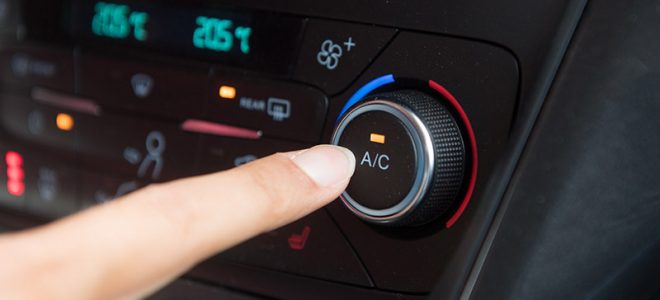When was the last time you used the air conditioning in your car? For most people, it’s during the summer months when the temperature outside heats up. During the winter, it’s often neglected, although that’s when you should click here and get it serviced by a knowledgeable professional.
Maintaining it properly in the winter will help to ensure it is working when you really need it. It’s useful to know why your car’s air conditioning may have stopped working. But, in most cases, you’ll need professional help to fix it.
How It Works
Air conditioning uses refrigerant under pressure, and it sucks the warmth out of the air. This happens as the air passes through the condenser. The gas refrigerant is pressurized to become a liquid, allowing it to pass through the condenser pipes and attract the heat from the air. The liquid returns to gaseous form and loses the heat it has acquired, allowing it to go around the system and start again.
The pressurization of the system is why it’s so important to have a professional look at any issues and fix your air conditioning for you.
To help you understand what is happening here are the 5 most common reasons why your car’s air conditioning might not be working:
1. Refrigerant Leak
This can often be the hardest issue to find and resolve. There is an abundance of pipes running through your system, and a leak can happen anywhere. Low refrigerant and a constant need to recharge suggest a leak. If the leak is on a visible part of the air conditioning, it is relatively easy to find and fix. But, if it’s not visible, it can take a considerable amount of time to trace.
Of course, hose connections are the most likely culprits, but this doesn’t mean that’s where the leak is. It’s worth noting that a special sealant can be used to seal any air conditioning leak.
2. Clogged Condenser
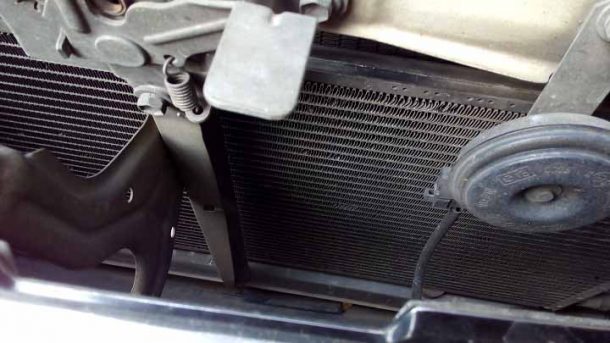
Source: exportersindia.com
If the refrigerant level appears to be okay, then a leak is not the issue. Perhaps the most common issue is a problem with the condenser.
There are two potential issues with the condenser, that it’s clogged or that it’s broken. It can become clogged surprisingly easily. The condenser is designed to suck air in, allowing it to be cooled. As it sucks air it can easily suck in road debris. Eaves and other debris can sit against the condenser, preventing air from getting through. If the air can’t get through, it can’t be cooled, and your air conditioner will blow out warm air.
If you check the condenser and there is no debris, then the alternative is that the unit is actually broken. This can happen when the road debris has a sharp point and actually punctures the condenser. You will probably be able to see the damage when you inspect the condenser. Considering the amount of debris on the road, this is more common than you may think.
The only option is to replace the condenser unit and recharge the system.
3. Electrical problems
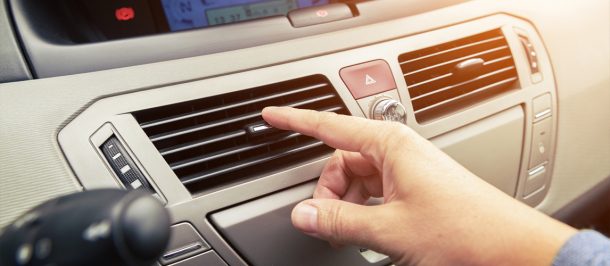
Source: carbibles.com
Another common issue with car air conditioning units is a problem with the electrics. This can also be tricky to diagnose and fix. Electrical issues cover a blown fuse, which prevents power from getting to the unit, a problem with the onboard computer or the in-car heating controls, or even a damaged wire.
The wiring in a car is subject to extreme heat and cold. This can cause the outer protective sheath to melt or disintegrate. The result is either a short or a lack of power to the air conditioner.
Tracing the wiring fault can be difficult and time-consuming. Once it is found, it can usually be temporarily repaired with electrical tape. However, you may need to replace sections of your wiring harness to ensure the problem doesn’t reappear.
4. Cooling Fan Issue
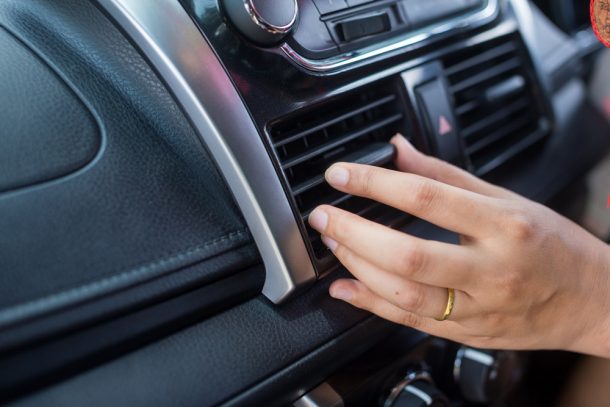
Source: colonyoneauto.com
The cooling fan is designed to sit near the front of your vehicle and pull air into the engine bay, helping to keep the engine cool. However, if the fan becomes damaged, it is not working properly or clogged, it won’t be able to bring the air in. This will reduce the amount of air available to the condenser and lower its efficiency at converting hot air to cold. Inside the car, you’re likely to see a reduced airflow, and it will struggle to drop the temperature of the air.
Visually inspecting the cooling fan will highlight any damage. It’s likely it will need to be replaced. If you have an electrical issue with the fan, you’ll need to spend time investigating it. This can be difficult as again, it can be anything from bad wiring to a fuse, or even an ECB problem. An expert will have the right tools to assess the issue and find the fault, much faster than you will be able to.
5. Compressor Problem
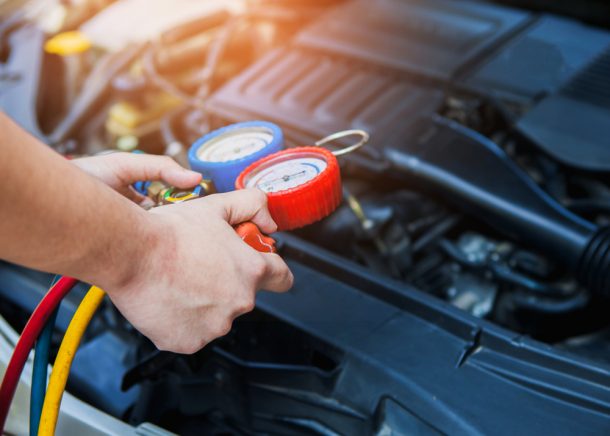
Source: jiffylubeorlando.com
Finally, the 5th most common issue is with the compressor. The compressor is designed to move the gas/liquid refrigerant around the air conditioning system. If this isn’t capable of moving the refrigerant around, then the warm air cannot be cooled.
Compressors often stop working because they haven’t been used. This is most common when the air conditioning isn’t used for the winter, and then you suddenly start using it at the beginning of the summer.
The shock effectively damages the internal components of the compressor. It should be possible to replace it and recharge the system, although this is one of the most expensive faults with your air conditioning unit.
The good news is that you can easily avoid the shock issue by switching your air conditioner every two weeks for 15 minutes at full speed. It, along with regular servicing by a professional, will help to keep your air conditioning working in perfect condition. That’s a blessing when the sun comes out, and you need to stay cool.
Book your car in today and get the air conditioning serviced and ready to roll, it may be the best investment you’ve ever made!

